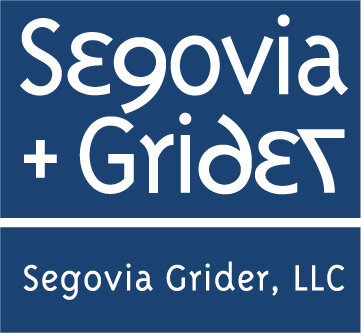C Corporations now enjoy a flat tax at 21%. That sounds great given personal rates up to 37%. Let's have a closer look.
For entities that tend to have profit under $50,000 per year, this represents a tax increase from 15% under prior law.
For entities that tend to pay out all profits as salaries, as many physician groups often do, this is a non-event other than the cost of not paying out quite enough is reduced.
For other profitable businesses where the owners expect to distribute profits rather than hold in the company, one needs to consider the double taxation of those dividends.
If the individual is in the top 37% federal bracket, compare that to 21% corporate tax and 20% of the remaining 79%, or 14%, for a total of 35%. Thus, there is potentially a 2% Federal benefit. In many cases state double taxation will more the offset the federal C corporation savings. But savings result for some. At the least, it makes C corps more viable where they are the only real option or where they are chosen for employee benefits advantages or other reasons.
Beware that the top 37% personal rate applies to married, joint returns with taxable income in excess of $600,000, and only to income above that amount. So for most, the Federal rate is lower, as is the rate on qualified dividends. One in a 24% bracket would compare to 21% corporate tax plus 15% of the remaining 79%, or 11.85%, for a total of 32.85%. So that C corp would increase taxes compared to other alternatives.
This analysis ignores important points including self-employment tax and the Affordable Care Act surcharges on earned income and investment income over the applicable thresholds, as well as state and local taxes. Consult your tax advisor.
Still, C corporations deserve consideration in more situations than at any time since at least 1982.
